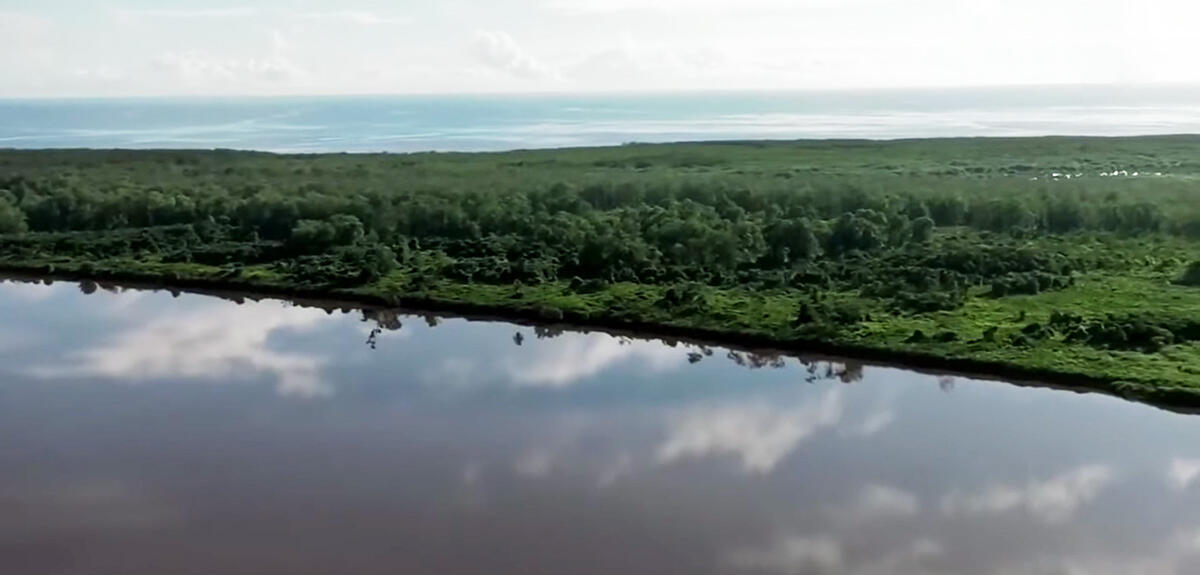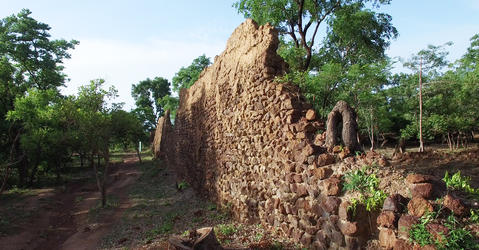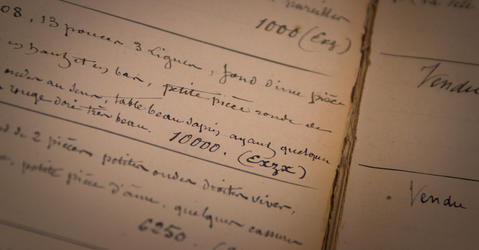You are here
Videos
Each year, some 40 billion tonnes of CO₂, one of the main greenhouse gases, are released into the atmosphere. A significant proportion of these is captured by the oceans, vegetation and the soil. The CNRS scientists are trying to better understand these natural carbon sinks, predict their evolution and also increase their storage capacity, or even envisage artificial sinks.
Recent Videos
Observing the world at the nanometer scale has always been a challenge. Chemists, biologists, physicists and computer scientists worked together to develop a technique so that we can today...
The advent of digital photography has rendered film obsolete. Photo studios either sell their negatives to salvage the tiny amounts of silver contained in their coating or they just burn...
Who built this fortress? When and for what goal? Protected by walls six meters high, with no visible entrance, the ruins of Loropeni in South-Western Burkina Faso raise more questions than answers...
For over 200 years, a piece of musical history has remained hidden within registers of luthiers, string instrument specialists. These aged yellow...
The world's most reflective mirrors, which reflect 99.9999% of incident light, were developed by a French laboratory. Discover the manufacturing secrets of these essential components of...
The French Institute of Pondicherry houses thousands of manuscripts related to the worship of the God Shiva, one of the most important theistic traditions of India. We take you to the heart of...








